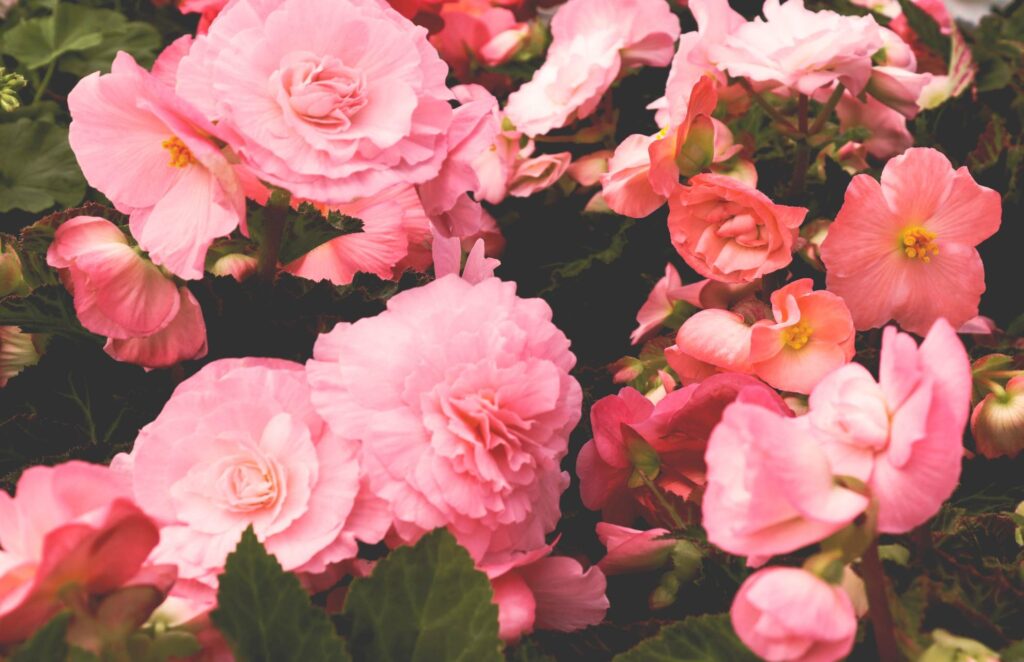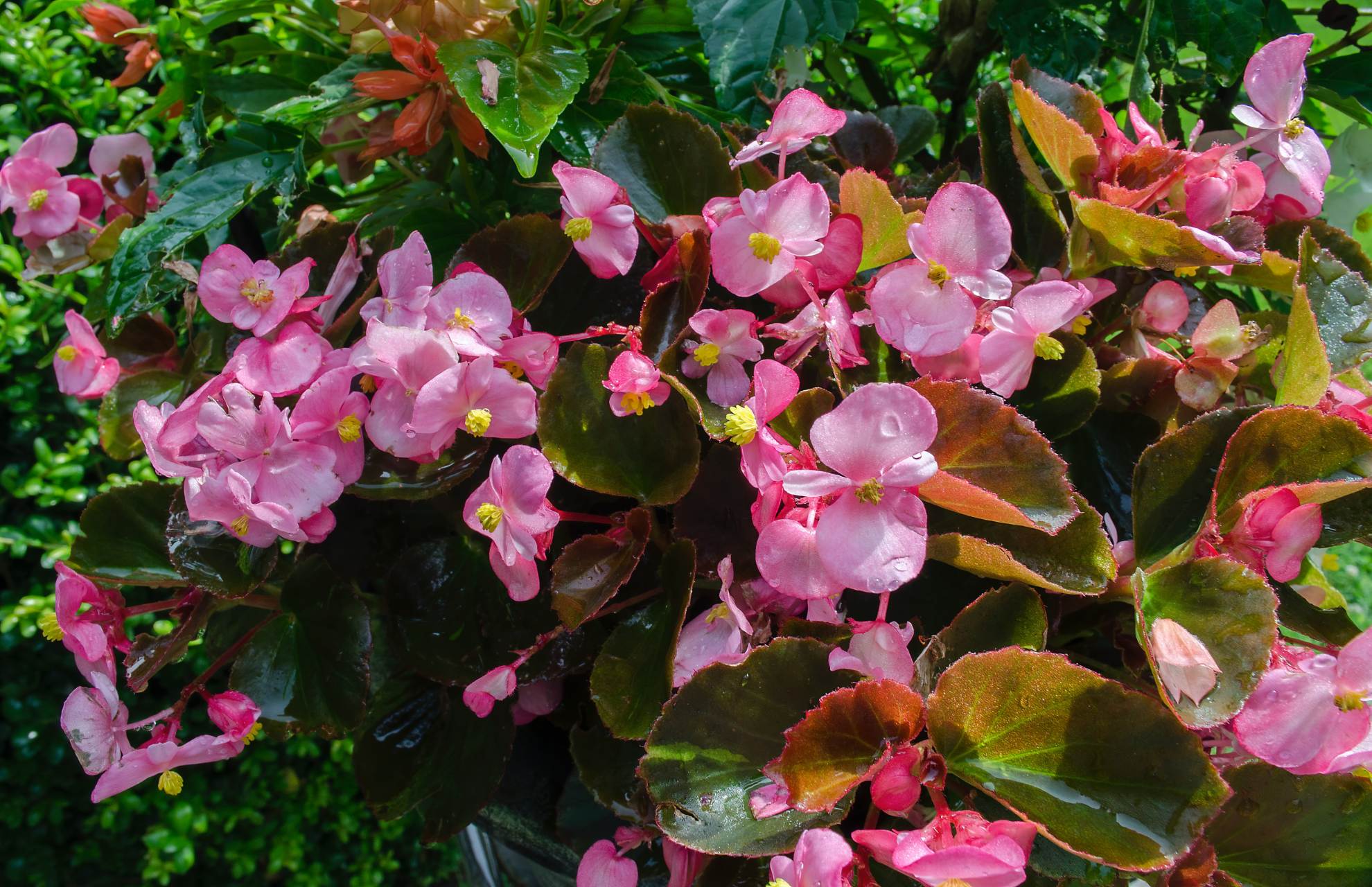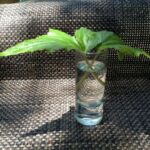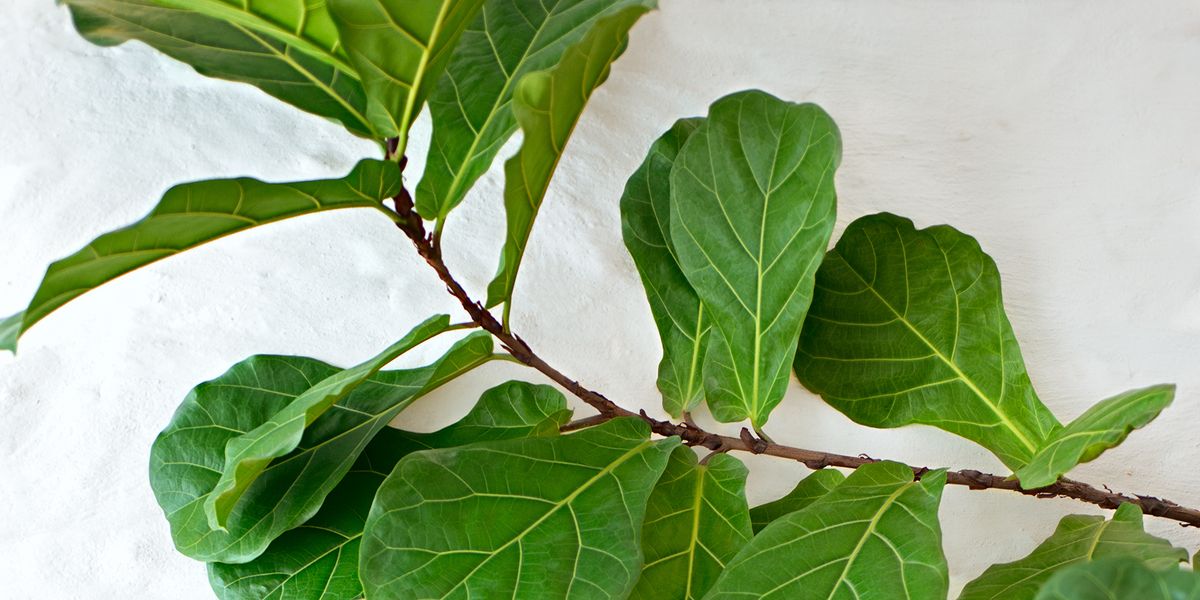For the shaded area of the garden, begonias are a favorite plant. Begonias can be grown from seed, but it’s much simpler to grow them from cuttings, and you can do this with the majority of begonia varieties. They are fantastic for newcomers and quickly and easily take root. Read the article and learn how to propagate begonia from cuttings at home!
Begonias
These plants are native to tropical areas of Asia, Africa, and Central and South America. They started slowly but surely traveling around the world after they were first noted in the early 1700s.
Begonias are monoecious, which means that they produce both male and female flowers from a single plant. As a result, there are many natural and artificial hybrids that have not yet been identified.
Because of this, many begonias don’t resemble one another, which is why collecting them can be so interesting and fun!
Begonias have a diverse range of phenotypes, unlike many other plant species. The rhizomatous, trailing, and shrub-like characteristics of begonias vary.
One of the best-selling plants of the decade is the ‘Angel wings’ begonia, a well-liked houseplant that has just recently experienced a major comeback.
What You’ll Need To Grow Begonias From Cuttings
- Healthy Begonia Plant
- Sharp Shears
- Potting Soil
- Pots or Flats
- Water
How To Take Your Begonia Cuttings
Taking a healthy cutting is the first step in growing begonias from cuttings. Pick a plant with at least four to five leaves per stem that are healthy. This will guarantee that you have sufficient length for the cutting as well as to maintain the parent plant.
Select a stem, preferably the one that is the longest on the plant, and cut off a 2.5-inch section of the stem near the tip. Cut the plant at an angle and just above a group of leaves. Although 5 inches is sufficient, it can be as long as you like or as short as you like.
Continue taking as many cuttings from the plant as you like. As long as each cutting has at least one set of leaves at the top, you can cut the stem more than once. They will grow roots from stems that are about the size of your thumb.

Preparing Your Begonia Cuttings
After you have taken your cuttings, you must get them ready for planting.
All blooms and stems should be cut off with precise shears. Next, strip each cutting off all but one or two leaves. Slice each leaf in half if you want to keep two of them. A small amount of foliage must be left for the plants to photosynthesize; however, if you leave too much, the cutting will divert its energy to the leaves.
For my part, I only keep the first leaf on begonias with larger leaves, like the rex, angel wing, and other broad leaf begonias. I usually keep two leaves on when growing smaller begonias, like wax begonias.
Propagating Your Begonia Cuttings
Water Propagation
It will be a cinch to propagate your Begonia if you’ve chosen to take stem cuttings from it. Since I enjoy the aesthetic of pretty vases with growing plants, propagating in water is my preferred method. There are numerous unique propagation sets available that make propagation attractive.
You only need to dip the stem of your Begonia partially into the water, leaving the leaves sticking out. After that, put the plant-containing vase or glass in a bright, cozy location to create the ideal growing environment.
Avoid direct sunlight as much as possible because Begonias don’t like it and water in a clear container can heat up quickly.
Your Begonia cuttings will have developed a root system and possibly even begun to sprout new leaves after a few days or weeks (depending on the season and the environment). Congrats!
The new plants should be potted up in some light but rich soil (peat moss-based soil combined with perlite works well). The transition to soil may make them a little grumpy, but after a brief adjustment period, they should continue to grow.
Soil Propagation
Some people prefer soil-based propagation because it eliminates the possibility that the delicate mini plants will struggle to adapt to the soil after being in the water.
Simply place the cuttings about halfway in a few small pots of the same light but rich soil to propagate this way. Keep the soil just barely moist. Voilà!
For the first few weeks, you might not be able to tell if the cuttings are doing well because you won’t be able to see if they are successfully rooting. While the stem tries to push out a root system, it’s typical for the leaves to become a little limp.
You won’t need to worry when your attempt at propagation is successful because you’ll be able to tell when the first leaf growth appears.
Troubles Of Begonia
Slow Or No Root Growth
If a few weeks have passed since you took your cuttings and there are still no roots, it’s a bad sign that something went wrong during the propagation process. There’s a chance that roots won’t grow at all if the rooting hormone isn’t used, though it may take a while for them to do so.
Similar to how a begonia might not grow roots due to how it was cut, Sometimes a begonia cutting won’t take root if you accidentally missed a node or the stem was a little too mangled due to a dull blade. It’s unlikely to be saved, but you can try recutting.
The second most likely issue is inadequate lighting. Begonia cuttings won’t be able to develop roots if they don’t receive enough light throughout the day; instead, they’ll try to focus on holding onto their remaining foliage.
The best lighting options are full spectrum LED light or bright, indirect sun.
Wilting Or Dropping Leaves
Your begonia is undoubtedly unhappy if it is dropping leaves. Two main factors cause begonias to shed their leaves: bad growing conditions, and pests. But there are many different growing conditions, such as excessive cold or hot temperatures or over- or under-watering.
Watering your begonias should ideally be done with caution. Before providing abundant water once more, let the top two inches of larger pots and the top inch of smaller pots dry out.
You can also determine how much water is being held at the bottom of each pot using one of the many excellent moisture meters available.
Mealybugs, scale insects, or spider mites are the main pests to watch out for. Under a microscope, scale insects range in color from white to tan to brown, while mealybugs and spider mites appear white on stems.
To get rid of them from your begonias, use an eco-friendly horticulture spray.









